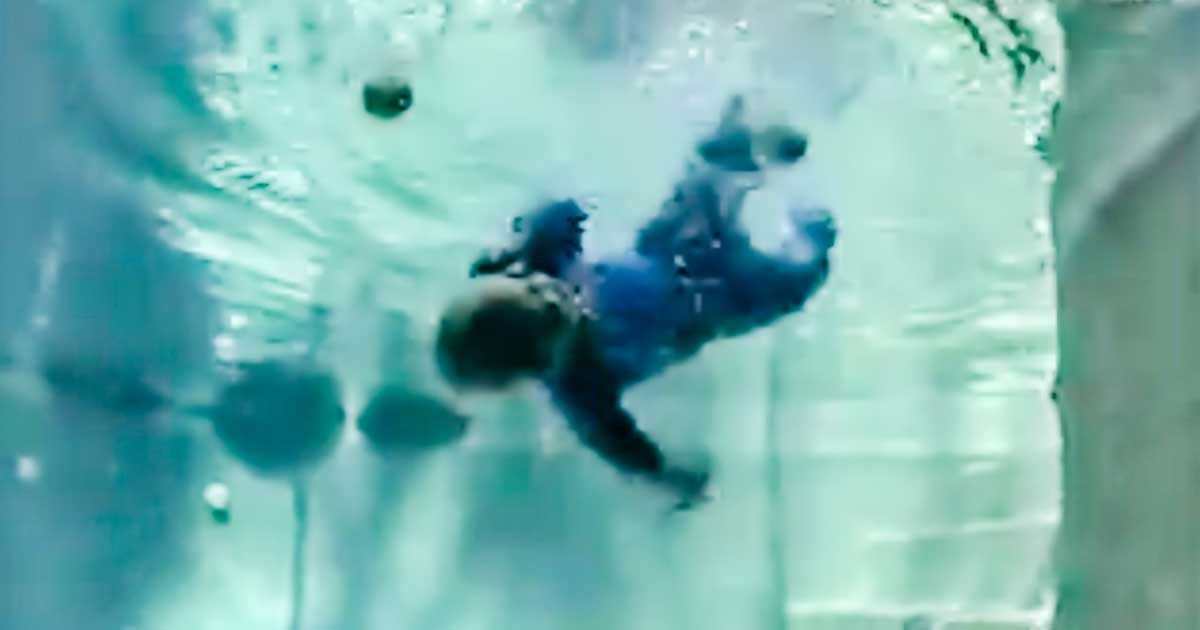
Child drownings are a tragic and distressing reality that continues to claim the lives of numerous young individuals worldwide. The statistics surrounding child drownings are undeniably grim, shedding light on the devastating consequences of water-related accidents for children and their families. This short article aims to provide an overview of the distressing data on child drownings, highlighting the scale of this problem and the urgent need for preventive measures.
A Worldwide Problem
Child drownings remain a global concern, affecting both developed and developing nations. According to the World Health Organization (WHO), drowning is one of the leading causes of unintentional injury-related deaths among children aged 1-14 years. It is estimated that more than 236,000 drowning deaths occur worldwide annually, with children accounting for a significant portion of these fatalities.
In many low- and middle-income countries, child drownings are alarmingly prevalent. The WHO reports that over 90% of drowning deaths occur in low- and middle-income countries, particularly in Southeast Asia and the Western Pacific region. These areas are characterized by a high number of water bodies, inadequate supervision, limited access to swimming lessons, and a lack of drowning prevention programs.
Even in high-income countries, child drownings remain a significant concern. In the United States, for instance, drowning is the leading cause of unintentional injury-related death for children aged 1-4 years. According to the Centers for Disease Control and Prevention (CDC), an average of three children in the United States die every day due to drowning. Moreover, for every child who dies from drowning, another five require emergency department care for non-fatal submersion injuries, which can lead to long-term disabilities.
Children Are Most Vulnerable
Infants and toddlers are particularly vulnerable to drowning incidents. Data from the CDC indicates that children aged 1-4 years have the highest drowning rates, with most of these incidents occurring in swimming pools. Lack of proper barriers, inadequate supervision, and a lack of swimming skills contribute to the heightened risk for this age group. In fact, the American Academy of Pediatrics (AAP) recommends that children aged 1-4 years should receive swim lessons to reduce the risk of drowning.
Moreover, socioeconomic factors also play a significant role in child drownings. Disparities in access to safe swimming areas, swimming lessons, and water safety education contribute to higher drowning rates among disadvantaged communities. Children from low-income families are more likely to live in areas with limited access to swimming pools or formal swimming lessons, increasing their vulnerability to water-related accidents.
Child Drownings Have Long-Lasting Consequences
It is important to recognize that child drownings have long-lasting impacts on families and communities. The loss of a child is an unimaginable tragedy, leaving families devastated and communities affected. Survivors of non-fatal drowning incidents may experience severe physical and neurological consequences, including brain damage, memory problems, and learning disabilities. The emotional toll on both survivors and their families is immeasurable.
In light of these distressing statistics, efforts must be intensified to prevent child drownings. Multifaceted approaches are necessary, encompassing education, legislation, and infrastructure improvements. Public awareness campaigns should emphasize the importance of constant supervision, the use of appropriate barriers and life jackets, and the necessity of learning basic swimming skills. Governments and communities should work together to implement and enforce regulations regarding pool safety, fencing requirements, and lifeguard staffing.
Additionally, swimming lessons and water safety education should be made accessible to all children, regardless of socioeconomic status. Schools, community centers, and public health initiatives should prioritize the provision of swimming lessons, especially for children in high-risk areas or from disadvantaged backgrounds. Such programs can equip children with essential water safety skills, significantly reducing their risk of drowning.
Our Last Thoughts
Child drownings present a grave and disheartening reality across the globe. The data on child drownings serves as a stark reminder of the urgent need for preventive measures to protect our children. Governments, communities, and individuals must collaborate to raise awareness, improve access to swimming lessons, and enforce safety regulations. By doing so, we can strive towards reducing the devastating toll of child drownings and ensuring the safety and well-being of our youngest generation.
Life Saver Survival Swim School’s Mission – Stop Child Drownings!
Our school teaches children as young as 6-months old to survive in any type of acquatic condition. We teach infants to float and as they develop, we teach them to swim. If you have children, enroll them in one of our upcoming classes. If you have any questions, give our owner/instructor a call by dialing (832) 366-3008. Her first name is Bonnie and she would love to talk to you! Or, you can email her.

